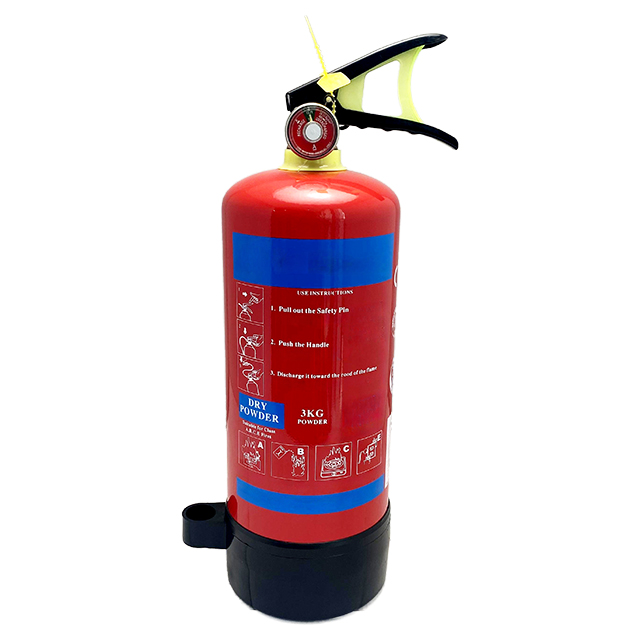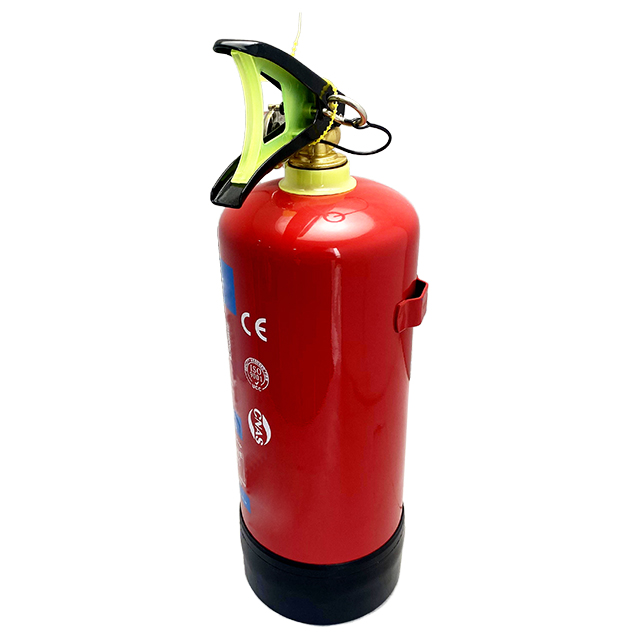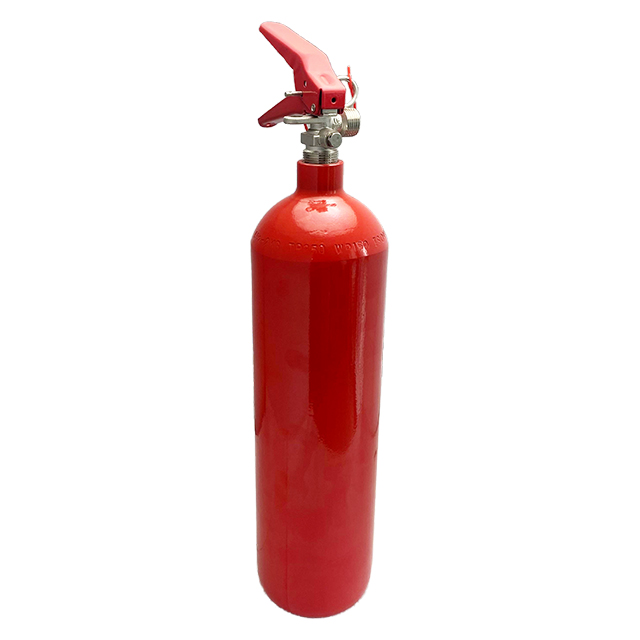Selecting the correct type of fire extinguisher for the appropriate fire class can be a matter of life and death. To help you make the right choice, here is a practical guide that covers fire extinguisher types, class distinctions, color codes, and their specific applications.
1. Water Fire Extinguishers (Class A)
Water fire extinguishers are ideal for businesses dealing with everyday combustible materials like paper, wood, and fabric. These extinguishers are classified as Class A extinguishers, which are designed to fight fires fueled by ordinary combustibles. They work by cooling the flames and reducing the fire’s temperature below the ignition point.
• Best for: Offices, retail stores, warehouses, and places where materials like paper, textiles, and wood are common.
• Avoid using: On electrical equipment or flammable liquids.

2. Foam Fire Extinguishers (Class A & B)
Foam fire extinguishers are versatile tools capable of handling both Class A and Class B fires, which are caused by flammable liquids such as gasoline, oil, or paints. The foam forms a barrier between the flames and the surface of the liquid, preventing re-ignition and smothering the fire.
• Best for: Workshops, garages, and any business that stores or uses flammable liquids.
• Avoid using: On live electrical fires, as foam contains water and can conduct electricity.

3. CO2 Fire Extinguishers (Class B & Electrical Fires)
Carbon dioxide (CO2) fire extinguishers are primarily used for fires involving electrical equipment and Class B fires caused by flammable liquids. These extinguishers work by displacing the oxygen around the fire and cooling the burning material. Since CO2 is a non-conductive gas, it is safe for use on electrical equipment without causing damage.
• Best for: Server rooms, offices with lots of computers, and areas with live electrical equipment or fuel storage.
• Avoid using: In small or enclosed spaces, as CO2 can reduce the level of oxygen and cause suffocation.

4. Dry Powder Fire Extinguishers (Class A, B, C)
Dry powder extinguishers, also known as ABC extinguishers, are among the most versatile. They can handle Class A, B, and C fires, which involve combustible materials, flammable liquids, and gases, respectively. The powder works by forming a barrier on the fire’s surface, smothering the flames and cutting off the oxygen supply.
• Best for: Industrial sites, mechanical workshops, and places where flammable gases, liquids, and solid combustibles are present.
• Avoid using: Indoors or in small spaces, as the powder can create visibility issues and may harm sensitive electronic equipment.
5. Wet Chemical Fire Extinguishers (Class F)
Wet chemical extinguishers are specifically designed to tackle Class F fires, which involve cooking oils and fats. The extinguisher sprays a fine mist that cools the flames and reacts with the cooking oil to form a soapy barrier, preventing re-ignition.
• Best for: Commercial kitchens, restaurants, and food processing facilities where deep fat fryers and cooking oils are commonly used.
• Avoid using: On electrical or flammable liquid fires, as it’s primarily designed for kitchen fires.
How to use a fire extinguisher?
a fire extinguisher should only be activated once the fire alarm has been triggered and you have identified a safe evacuation route. Evacuate the building immediately if you still feel unsure about using a fire extinguisher or if doing so is clearly the safest option.
Nevertheless, the following technique can serve as a refresher for those who have undertaken training or if someone without training ever needs to use one in order to improve the chances that everyone escapes unharmed.
The following four-step technique can be memorised more easily with the acronym PASS, to help you use a fire extinguisher:
Pull: Pull the pin to break the tamper seal.
Aim: Aim low, pointing the nozzle or hose at the base of the fire. (Do not touch the horn on a CO2 extinguisher since it becomes very cold and can damage skin.
Squeeze: Squeeze the handle to release the extinguishing agent.
Sweep: Sweep from side to side at the base of the fire – the fuel source – until the fire is extinguished.
Understanding different types of fire extinguishers and their application scenarios is essential to ensure safety. When facing a fire, choosing the right fire extinguisher can effectively control the fire and prevent it from spreading further. Therefore, whether at home or in the workplace, regularly checking and maintaining fire extinguishers and being familiar with their operation methods are the key to ensuring safety. I hope that the introduction in this article can help you better understand the types and uses of fire extinguishers, and let us work together to create a safe environment.
Post time: Sep-27-2024
